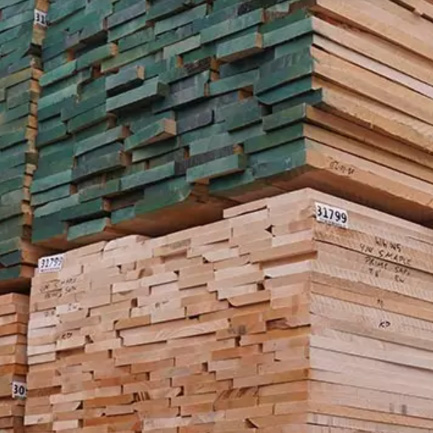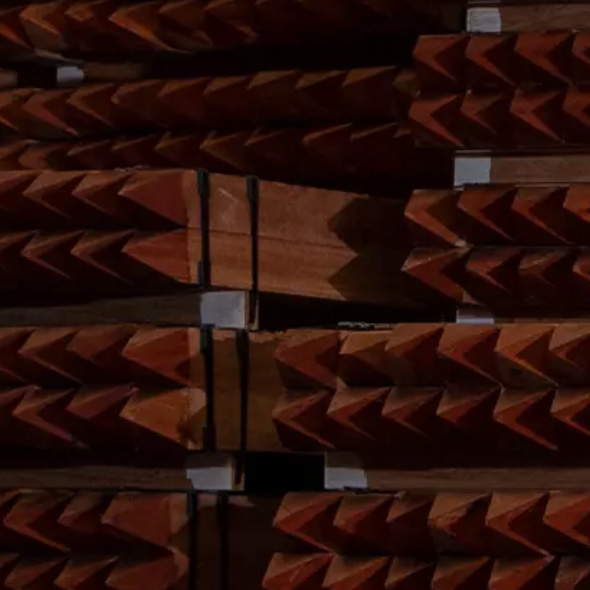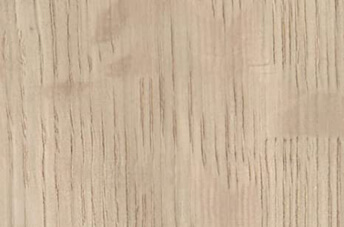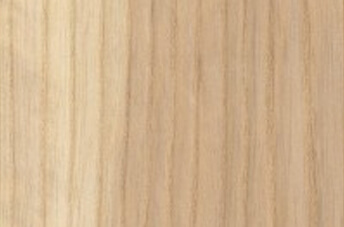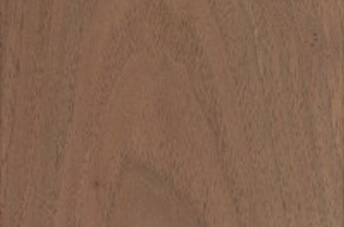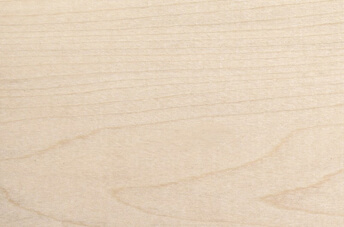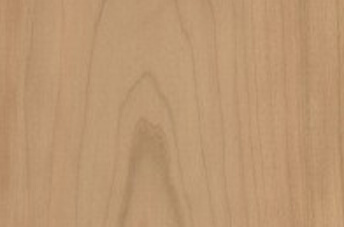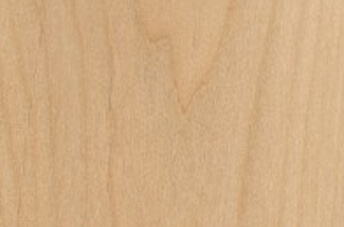

Domestic
hardwoods
We source only the finest stock from the best growing regions in North America to meet your most particular needs.
Typically, the highest domestic hardwood grades – FAS and Select & Better – are stocked throughout our fully loaded warehouses in the U.S. and Canada, but we also offer lower grades for specialty projects.
The best selection of
domestic hardwoods, all under one roof
Most species are
carried in thicknesses
from 4/4 up to 16/4
We stock the
highest grades, FAS
and Select & Better
Wide variety of applications,
from decorative to
construction purposes
get our full stock list in your index
OVER 20 DOMESTIC HARDWOOD SPECIES
Find the detailed info in each product
GET A FREE QUOTE ON DOMESTIC HARDWOODS
Tropical Forest Products is the fastest-growing lumber distributor in North America and can supply you with any of your needs. No order too big for us.
How can we help you?
GET A FREE QUOTE ON DOMESTIC HARDWOODS
Tropical Forest Products is the fastest-growing lumber distributor in North America and can supply you with any of your needs. No order too big for us.
How can we help you?
GO DEEP IN WHAT YOU CAN BUILD
WITH OUR DOMESTIC HARDWOODS
- OUR LOCATIONS
- CONTACT US
- SIGN UP
Stay informed about the latest offers, products and sales
- FIND US
- CONTACT US
- SIGN UP


